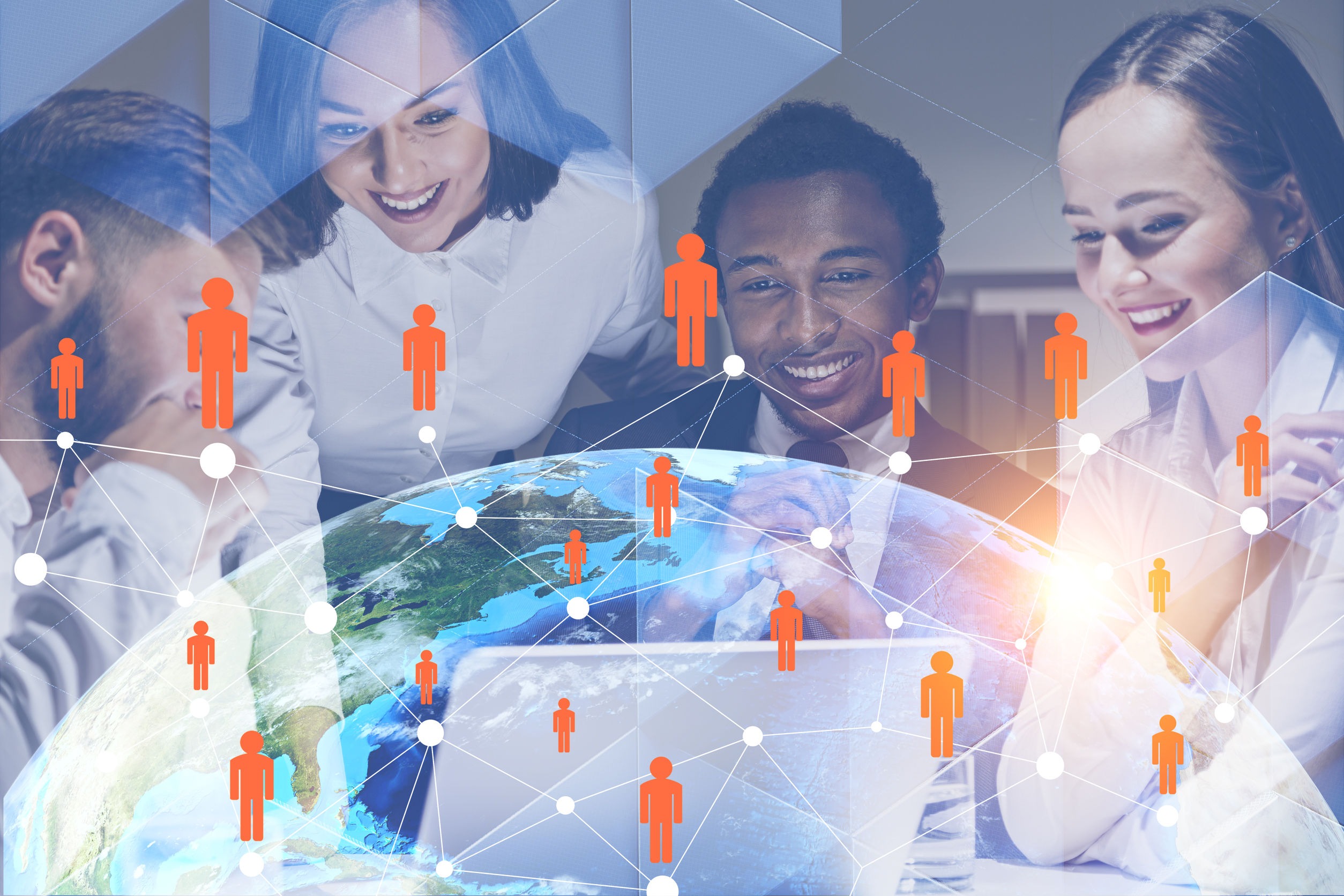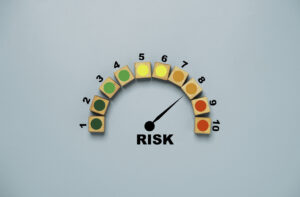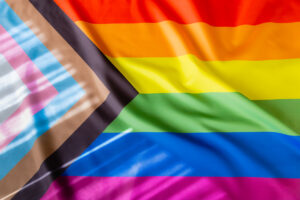Why employee resource groups merit serious investment and support
Empowering affinity groups can boost employee engagement, confidence and trust–and provide a long-term burst of momentum toward DE&I goals.

Diversity and inclusion was always important, but now it’s hot, meaning that people are paying attention to it like never before.
Senior executives are looking to diversify their teams and boards, while DE&I professionals are striving to find the best way to engage employees, educate them and ultimately change their behavior.
That’s where employee resource groups (ERGs) have come in. Through trial and error, employers are discovering that ERGs can make DE&I goals a reality faster than many other initiatives.
Like DE&I initiatives, ERGs are also not new. Their roots are in the 1960s race riots in Rochester, N.Y. Back then, the CEO of Xerox decided that he wanted to do something to address racial equality, so he initiated what was then called the Black Caucus. From there, such efforts came to be known as affinity groups, then employee resource groups. Now there are even more custom names: business networks, business resource groups, etc.
Based on a long-term study of ERGs that I’ve been doing, utilizing multiple sets from over 100 companies, I can say with confidence that being in an ERG has positive effects on individual employee attitudes and behaviors, as well as how teams work together. All of which often impacts customer acquisition and retention, while trickling down to bottom-line business results.
Energy at work
I’ve been studying energy for many years and looking at the energy patterns of employees as they join and work in their ERGs. Here are some comments from ERG members about how their ERG is affecting their own personal energy at work:
- My ERG reminds me to stay vigilant about welcoming colleagues of all cultures and backgrounds into the company family as equals.
- It gives me hope that organizations are progressing toward greater fairness and open mindedness, and that I will be able to work with a diverse range of people.
- Just knowing that there is a group that values me outside my own department is inspiring and enabling for my work efforts. It is important to me to feel valued.
- Knowing that I have connections outside of my own area helps me put in extra effort so that I have accomplishments that I can share outside of my area.
- The ERG gives me the opportunity to reflect on my experiences and behaviors, as well as meet people to feel re-energized. The happiness and positivity of others motivates me.
- The ERGs are one of the things that give me the very most energy at work. They are the one part of my job that I love.
The collision theory of ERGs
In chemistry, collision theory states that molecules must collide to get a reaction. Moreover, it takes energy to collide. By examining employee energy at work within ERGs, I propose the Collision Theory of ERGs. Here’s how it works:
- Behavior change is required for any organization that wants to embrace belonging, inclusion, equity, and in many cases equality.
- Behavior change requires a realization that a behavior does, indeed, need changing.
- Realization moments come from collisions.
- Collisions are personal experiences that an individual has when meeting, working, or interacting with someone who is new and whom that person would characterize as someone different from them.
- Collisions jolt individuals, zapping them into awareness (e.g., “I didn’t realize you were so much like me”). These small moments activate energy. Most importantly, they force an examination of past behavior that leads to reflection and new behavioral changes.
ERGs form based on similarities, not differences
Here’s the funny thing about ERGs that is very counterintuitive: People join ERGs to be with others like them. Thus, one may wonder, Where’s the collision?
They aren’t really in the ERG so much as inspired by being in the ERG: When people join ERGs, their confidence increases. As confidence increases, individuals are more willing to take chances. For example, members may go to meetings they did not attend in the past or perhaps take on a leadership role, resulting in involvement in new situations.
Additionally, as an ERG’s members get more engaged, they are in situations within the overall organizational ERG community that involve engaging with members of other ERGs. These new interactions can be characterized as collisions. Thus, the Collision Theory of ERGs has two parts:
- Within an ERG as members gain confidence.
- Across ERGs, as members engage in activities with people from a variety of ERGs to create collisions
Organizations interested in helping employees change behavior can learn from the ERG process. The Collision Theory of ERGs suggests that creating situations where people collide, just like molecules, has the potential to provide the spark or energy needed to reflect, learn, and change behavior.
Theresa M. Welbourne is founder and president of eePulse, Inc. Read more of her writing at TLNT.






